Homeowners in Kansas City have a powerful financial tool at their disposal: the Home Equity Line of Credit (HELOC). This flexible option allows individuals to borrow against the equity in their homes, using it like a credit card to fund various projects or expenses. Understanding how HELOCs work, their advantages, and potential drawbacks can help homeowners make informed decisions about accessing their home's value.
What is a Home Equity Line of Credit (HELOC)?
A Home Equity Line of Credit (HELOC) is a revolving line of credit that enables homeowners to borrow against the equity in their homes. Unlike a traditional home equity loan, which provides a lump sum payment, a HELOC allows for withdrawals up to a predetermined limit, similar to a credit card. This flexibility is particularly beneficial for home renovations or unexpected expenses. Borrowers can access funds during the draw period, which typically lasts 5 to 10 years, and pay interest only on the amount borrowed, making it an appealing option for many homeowners.
During the draw period, borrowers can utilize their HELOC for various purposes, such as financing home improvements, consolidating high-interest credit card debt, or covering personal expenses linked to their current mortgage. As homeowners build equity through mortgage payments or property appreciation, they can borrow more against their home's value. However, it's crucial to manage the borrowed amount wisely and maintain a good credit score, as it impacts the interest rate and overall loan terms. Understanding the nuances of HELOCs can empower homeowners to leverage their equity effectively.
How a Heloc Works
The HELOC rate is typically a variable rate, meaning it can change over time, which can affect your loan amount. To qualify, you may need a minimum credit score and the amount of equity in your home will determine much you can borrow. The funds can be used like credit cards or personal loans, and many borrowers opt for an interest-only payment during the draw period.
After the draw period ends, you may need to start repaying the full amount of the line, which can lead to higher monthly payments. A HELOC can be a good option for those who need a sum of cash for home improvements or emergencies. However, it's crucial to consider the loan interest and how it compares to other loan options available, such as home equity loans. If you plan to sell your home soon, ensure that the value of your home and your HELOC credit limit align with your financial goals.
How to Get a HELOC
To obtain a HELOC, homeowners must first identify reputable HELOC lenders and compare their offerings. The application process generally requires a good credit score, typically a minimum requirement set by most lenders. Homeowners must provide details about their mortgage, the current value of their home, and their income to determine how much they can borrow. Once approved, the lender will set a credit limit based on the equity in the home, which can be utilized throughout the draw period.
After comparing home equity loan options and understanding the differences between a home equity loan and a HELOC, the next step is to sign on the dotted line. Homeowners must review the terms carefully, including interest rates, repayment periods, and any fees associated with home equity loans and home equity lines of credit. It's also essential to consider potential changes in the variable interest rate, as this can affect monthly payments significantly. By taking the time to research and understand the process, homeowners can confidently move forward with their HELOC plans.
HELOC Pros and Cons
HELOCs come with several advantages, such as lower interest rates compared to credit cards or personal loans. They also offer the flexibility of borrowing only what is needed during the draw period, allowing homeowners to manage their finances effectively. However, there are drawbacks to consider, including the variable interest rate that can lead to fluctuating monthly payments. Additionally, if homeowners plan to sell their homes soon, they must weigh the benefits of accessing their equity against potential repayment obligations.
Another consideration is the risk of falling into debt if the borrowed amount is not managed wisely. Unlike a personal loan, which has fixed payments, the revolving nature of a HELOC can lead to prolonged repayment periods and increased interest costs if not handled properly. Homeowners should evaluate their financial situation, future plans, and the potential impact of home equity into cash before deciding to use a HELOC. Balancing the pros and cons is key to ensuring a successful borrowing experience.

